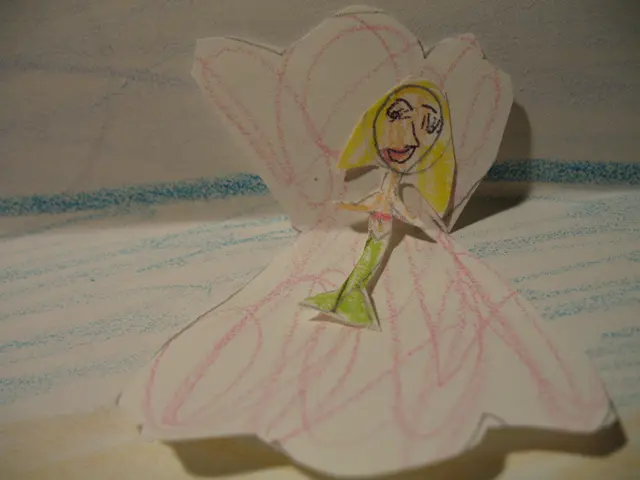Pushing the boundaries of gaming: What innovative elements could future Half-Life titles potentially introduce?
In the recent 20th anniversary documentary, when asked about the absent Half-Life 2: Episode 3, Gabe Newell cooly admitted he couldn't wrap his head around why creating Episode 3 was necessary to move things forward. For the Godfather of gaming, Half-Life isn't just a narrative escape for ol' Gordon Freeman — it's a platform for pushing the boundaries of the medium.
So what does Half-Life 3 need to "push forward"? It's a conundrum that has only grown murkier since the cancellation of Episode 3.
The original Half-Life ns x-rayed the storytelling in games, building on the fledgling potential hinted at by Unreal. And then, like a phoenix rising, Half-Life 2 broke new ground for narrative FPSes with its game-changing physics and cinematic storytelling verve.
Fast-forward to today, and although Half-Life: Alyx wasn't the big numbered entry fans were hoping for, it still delivered yet another technological marvel that helped prove the potential of VR. But if VR isn't the move for the next Half-Life thing, then what could be?
Let's take a look at some possibilities.
The Future of Gaming: Tech Wonders and Controversies
A decade ago, Valve dabbled with biofeedback in games, a concept that still mostly resembles a novelty today, but is starting to gain some credibility. Back then, they showcased a demo of Portal 2 where players controlled in-game perspective with their eyes and took a swing at Left 4 Dead 2 that monitored stress levels to change the encounters dynamically.
Then there's the buzzword of the moment: Generative AI. While its gaming applications have so far amounted to empty promises and unrealized potential, the tech is slowly inching its way into the realm of reality. Nvidia, for example, has been demoing AI NPCs, but Valve would have to make significant creative and technical leaps to incorporate AI seamlessly into a game without the chaos and nonsensical dialogue that often come with it.
The New Wave of Game Innovation
AI still feels too untested to be the focus of Valve's dreams, but they might be working on something procedural and generative that isn't tied to LLMs or machine learning.
Or, could they be toying with novel control inputs? With the Steam Deck's dual trackpads and paddles, there's got to be something only it can enable, right? Maybe it's time to ditch the not-so-reliable motion controls and think about... a crank.
Of course, there's also the possibility that Valve is focusing on non-technological aspects: design, storytelling, structure. Half-Life 2's physics puzzles and human-like characters might not seem groundbreaking today, but they were revolutionary in 2004.
No matter what Valve ends up doing, one thing's for sure: we'll be on the edge of our seats (or game chairs, or bean bags, or gaming thrones) waiting for Half-Life 3 (or whatever it ends up being). Just let's hope it gets crank support.
As for us, we'll keep our eyes peeled for any Half-Life 3 leaks and rumors. Who knows? We might just hear an echo of Newell's voice saying, "Gordon's on his way."
- Gabe Newell's intuition leads him to believe that Half-Life 3 needs to surpass the boundaries set by its predecessors, just as Half-Life and Half-Life 2 did in their respective eras.
- The tech world keeps buzzing about generative AI, a technology that, though still largely unrealized, might hold the key to a new level of game immersion in the future Half-Life title.
- The Steam Deck's unique controls might open up new gadget-based gameplay mechanics for the forthcoming Half-Life release, perhaps even incorporating a crank for unusual input.
- The absence of Episode 3 notwithstanding, Valve might be focusing on fresh narrative approaches, structural innovations, and compelling character development to shake up the Half-Life series yet again.
- Inarguably, the gaming community will remain hooked on every Half-Life 3 leak and rumor, anticipating the echo of Gabe Newell's famous words, "Gordon's on his way."
- Retro enthusiasts might even hope for a throwback to the origins of the Half-Life universe, incorporating the retro gaming aesthetic in a creative and compelling way, blending old-school charm with cutting-edge technology and artificial intelligence.










